What are the flavor and taste characteristics of Sidamo coffee beans? Sidamo Sakuran Coffee 6.0 description of hand brewing flavor

Coffee is a very popular drink all over the world. Some people like the mellow taste of Jamaican Blue Mountain Coffee, while others like the acidity of African coffee beans. Many children who go to Qianjie coffee shops to buy coffee beans, the most common scene is standing in front of the bean rack, looking at a dazzling array of beans, various production areas, various treatments, and various varieties of coffee beans at a loss. Even if you look at the African producing areas, there is no way to start.
Ethiopia, as the birthplace of coffee and the gene pool of coffee varieties, hides a lot of delicious coffee. There are many coffee producing areas in Ethiopia, among which Hara, Yegashafi and Sidamo are known to the world. In China, the works of many coffee lovers are mostly washed Ye Jia Xuefei Coffee and Sun Sidama Coffee.
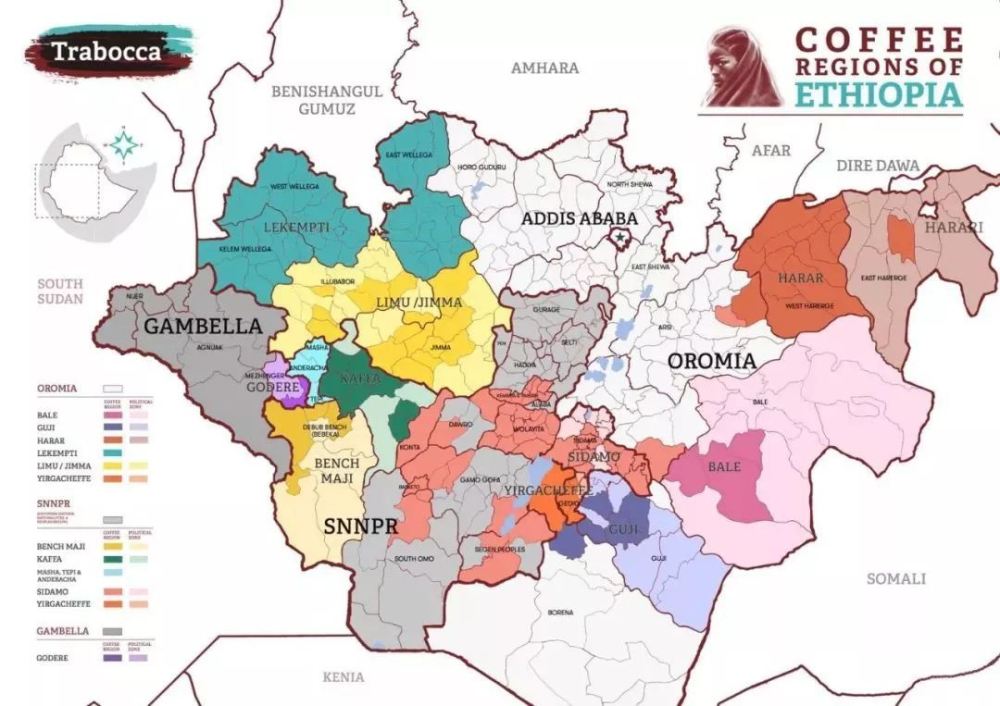
Unlike the freshness and freshness of washing Yega Chuefei, Sun Sidamo Coffee also has a large number of fans because of its wild and rich berry cream flavor.
At the same time, like Yega Xuefei, Sidamo is already famous all over the world. In some coffee competitions on the international stage, the name of the Sidamo producing area often appears at the top of the list of winners. In recent years, the Sidamo producing area is on the list in the competition of raw coffee beans such as COE and TOH.
Before the Yega Sheffei producing area came out of the circle because of its fresh flower scent, it once belonged to the Sidamo producing area. Before Guji became a popular spicy chicken in the raw bean competition and became independent in 2010, it also belonged to the Sidamo region. On the bean shelf of Qianjie Coffee, a coffee bean that won the first place in the washing group in the Ethiopian Division of the 2020 TOH Competition is the Wulagazi producing area of Gouji. Its flavor is like honey grapefruit green tea, fresh and unique, well received by many friends.

Of course, the Sidamo coffee producing area is vast in land and rich in resources, and there are many sub-producing areas. Many friends who have tasted Panamanian Jade Manor Rose Summer Coffee have also experienced the great differences between different plots, not to mention different sub-producing areas. Sidamo production area, Wulaga production area, Bansa production area, each has its own characteristics.
Among them, the Humbela producing area has received a lot of attention. As a result of the cooperation of an Internet celebrity and Luckin Coffee, people all over the country realized the Sakui coffee beans. For a while, the Sakui coffee beans became a red spicy chicken, and many friends who went to the Qianjie coffee shop immediately asked for a bag of Huakui coffee beans.
Of course, there is no lack of friends to come to ask the barista of Qianjie Coffee about Sakuran Coffee beans, and there are also friends who want to mend their knowledge of Huakui Coffee beans. Next, Qianjie Coffee will introduce this kind of coffee beans to you.
In 2017, Ethiopia's DW Raw Bean Company sent a sun-dried coffee bean from Humbera's Buku Abel processing plant to participate in that year's TOH competition. Because the berry cream flavor of this coffee bean was so strong that it captivated a number of international judges and won the championship of the Essex section of the TOH competition.
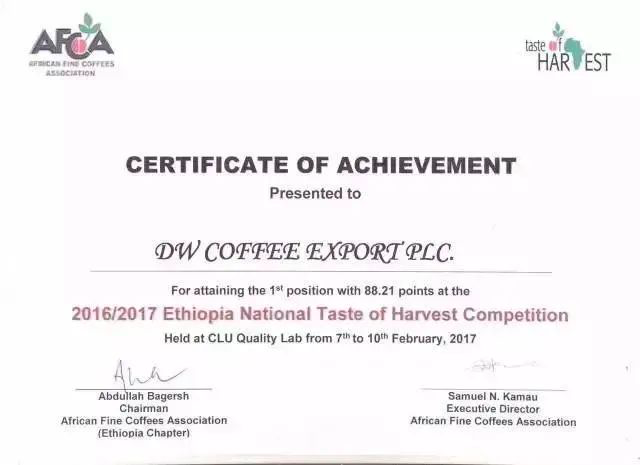
Beijing Life Bean Company introduced the same batch of award-winning coffee beans to China. After tasting the flavor, it named this coffee bean "Sakuran", implying the first of all flowers and placing high hopes on it. It is hoped that Huakui coffee beans will become the next popular spicy chicken as famous as rose summer.
In the same year, in the Chinese division of the World Coffee Brewing Competition, Li Jianfei won the second place using the same batch of Huakui coffee beans that won the prize. In recent years, due to the unique flavor of Rosa coffee, many contestants have chosen to use Panamanian Rosa coffee beans to compete. In the era when rosy summer coffee beans swept the competition, Li Jianfei used Ethiopian Sakui coffee beans to leave many Panamanian rosy summer users behind, so Sakui coffee beans became popular in the coffee circle.
However, when Sakui coffee beans really became popular at the beginning of recent years, Francis Chan diss Ruixing launched the Sakuran SOE series. For a while, more and more people went to Qianjie Coffee to ask about the afterlife of Sakui Coffee beans and the taste of Sakui Coffee.
Of course, with the arrival of 2022, there will still be a small partner to ask if there is a Sakui 4.0 coffee beans. it is not difficult to see that some of them do not know much about the naming of Sakui coffee beans. Since the birth of Sakui coffee beans in 2017, the IP of "Sakui" has grown to the sixth generation by Dali, a lifelong bean merchant in Beijing.
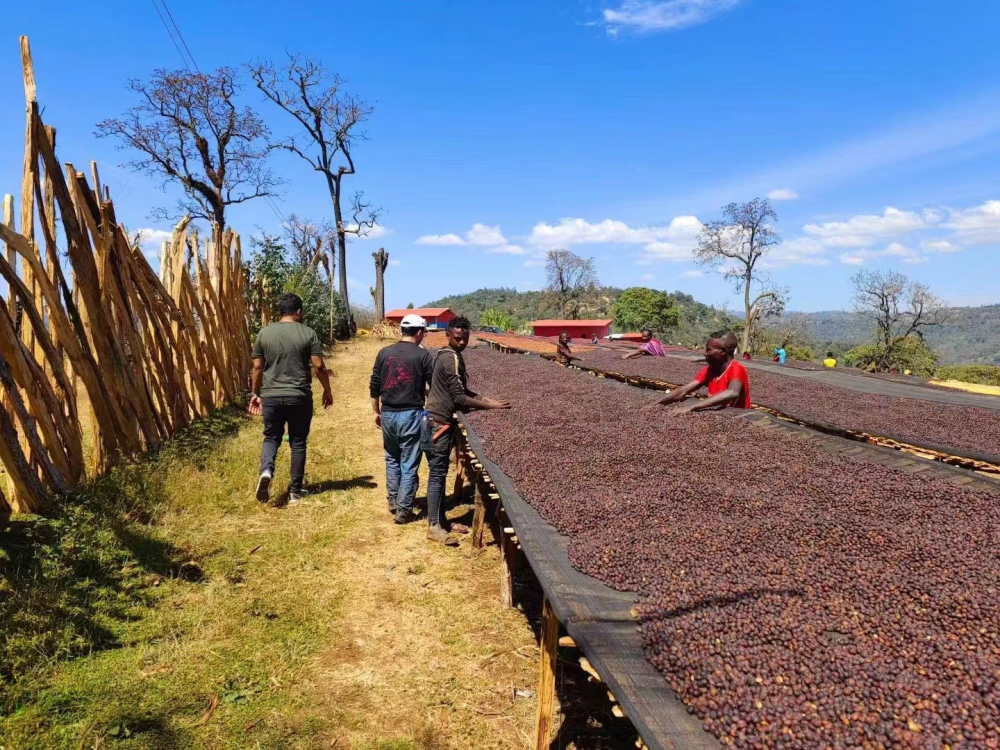
2017 is the year when Sakui coffee begins; 2018, Sakui 2.0; 2019, Sakui 3.0; 2020, Sakui 4.0; 2021, Sakui 5.0; 2022, of course, Sakui 6.0. It can be seen that the Huakui Coffee Series is named and distinguished according to the way of "Sakui X.0". Over the years, Qianjie Coffee has been on time for the new season of Huakui coffee beans every year.
Generally speaking, only the sun-tanned coffee beans produced and processed by Buku Abel can be called "Sakuran". The place where Sakuran is planted is more than 2000 meters at a high altitude, and the coffee tree is surrounded by sugar cane, bananas and other tropical plants to provide proper shade for the coffee tree. in such a planting environment, it makes the coffee sour, sweet and smooth, and the use of sun treatment deepens the sweet and fragrant feeling of this coffee bean.

However, coffee is always a kind of crop and is easily affected by uncertain factors such as climate and rainfall every year. Therefore, it is very normal for coffee beans to have different flavors every year.
As mentioned earlier in Qianjie Coffee, coffee beans are a kind of crop. When the current street coffee received Hongshun's new season's Huakui 6.0 coffee beans, it was found that there were many unplump beans such as flat beans, shell beans, broken beans and so on.
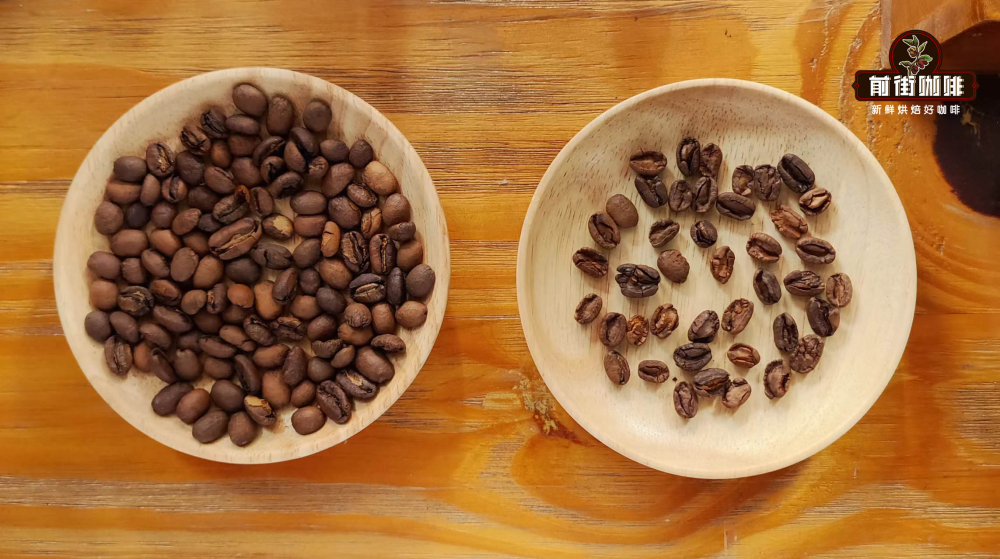
The roaster of Qianjie coffee is roasting to remove 20% to 30% of the defective beans. After roasting, you can still pick out a lot of unconventional coffee beans from cooked beans, more than in previous years.
Through the cup test, it is found that this Huakui 6.0 flavor is berries, honey, passion fruit, outstanding sweetness.
However, due to the high defect rate of this batch of Sakui 6. 0, Qianjie found another kind of Sakui coffee beans processed in the new season through the Humberra Buku processing plant. This coffee bean, also produced in Humbera, is treated by a Buku processing plant and is full of beans, similar to the appearance of Huakui coffee beans in previous years. Through the cup test, this new season of Huakui coffee has citrus acidity, honey sweetness, light white flower aroma and strong juice.
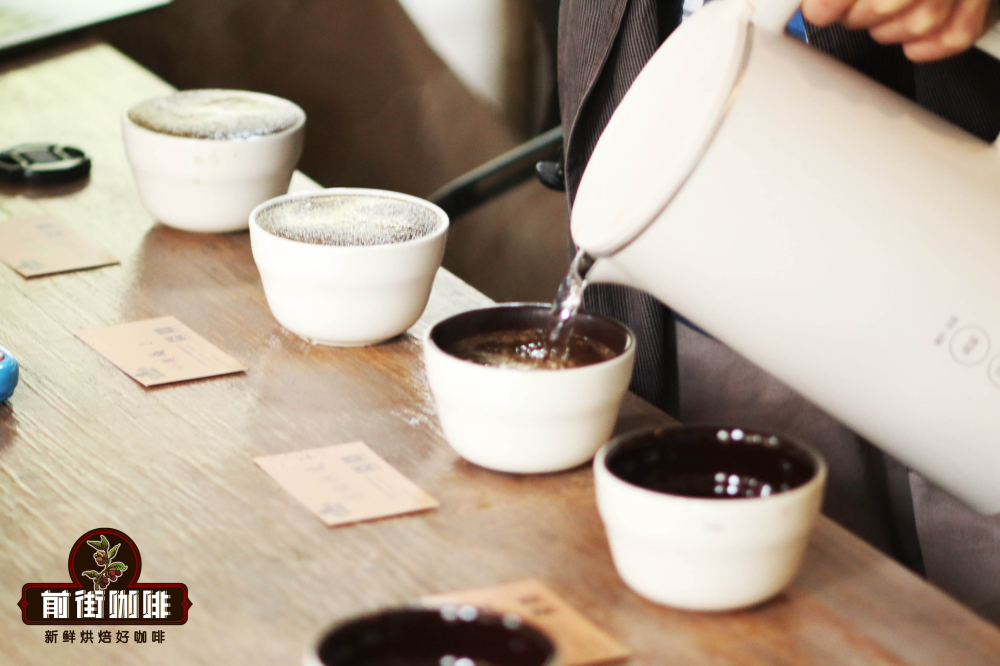
Qianjie is loyal to the purpose of "freshly roasted coffee" and delivers freshly roasted coffee beans within 5 days to maximize the rich flavor of coffee. By the time I got it, it had gone through 4 to 7 days of bean cultivation, which was the best time for the flavor.
Filter cup: Hario V60
Water temperature: 90 degrees Celsius
Amount of powder: 15g
Ratio of powder to water: 1:15
Grinding degree: the pass rate of Chinese standard No. 20 screen is 80%.
Qianjie suggests steaming for 30 seconds when cooking. After the coffee beans are roasted, the beans are filled with gas, and steaming promotes the discharge of carbon dioxide gas, thus extracting a more complete flavor.
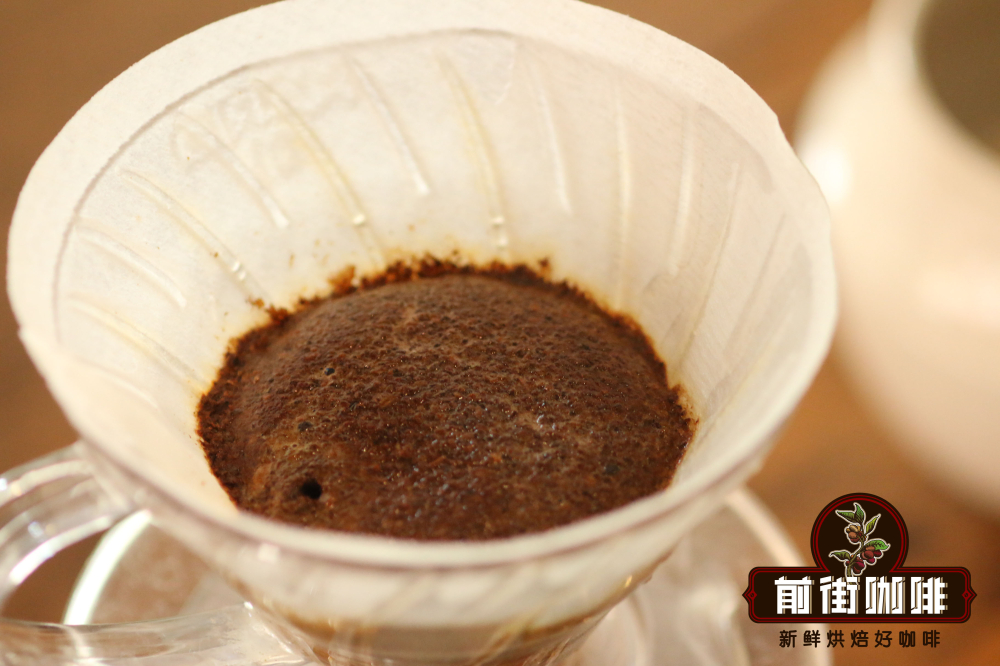
First inject 30 grams of hot water and steam for 30 seconds, inject fine water from the central point and slowly circle to 125 grams, when the water level in the filter cup is about to reveal the powder bed, continue to circle water injection to 225 grams, the total extraction time is 2 minutes.
For more information about coffee beans, please follow the coffee workshop (Wechat official account cafe_style)
For professional coffee knowledge exchange, please add Wechat account kaixinguoguo0925.
Important Notice :
前街咖啡 FrontStreet Coffee has moved to new addredd:
FrontStreet Coffee Address: 315,Donghua East Road,GuangZhou
Tel:020 38364473
- Prev
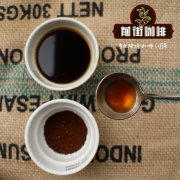
What are the taste characteristics of Sidamo coffee A brief introduction to the characteristics of Sidamo coffee beans
Professional coffee knowledge exchange more coffee bean information please follow the coffee workshop (Wechat official account cafe_style) front street coffee-Sidamo coffee beans characteristics, taste introduction Sidamo grows in the southernmost Ethiopian plateau between 4600-7200 feet (Sidamo province), is a famous boutique coffee area in southern Ethiopia, bordering Kenya, southeast of Gemma
- Next
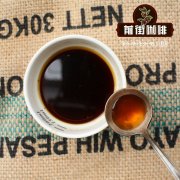
How does Columbia taste? introduction to Columbia's exquisite flavor
Professional coffee knowledge exchange more coffee bean information please follow the coffee workshop (Wechat official account cafe_style) the front street coffee-Columbia exquisite flavor description, powdered bourbon brewing and sharing one of the most famous producing areas is Nalinglong province. The other real name is Narino, literally translated as Narinho, and translated as Na Linglong in the domestic coffee industry. Na Linglong has high quality coffee.
Related
- Beginners will see the "Coffee pull flower" guide!
- What is the difference between ice blog purified milk and ordinary milk coffee?
- Why is the Philippines the largest producer of crops in Liberia?
- For coffee extraction, should the fine powder be retained?
- How does extracted espresso fill pressed powder? How much strength does it take to press the powder?
- How to make jasmine cold extract coffee? Is the jasmine + latte good?
- Will this little toy really make the coffee taste better? How does Lily Drip affect coffee extraction?
- Will the action of slapping the filter cup also affect coffee extraction?
- What's the difference between powder-to-water ratio and powder-to-liquid ratio?
- What is the Ethiopian local species? What does it have to do with Heirloom native species?

